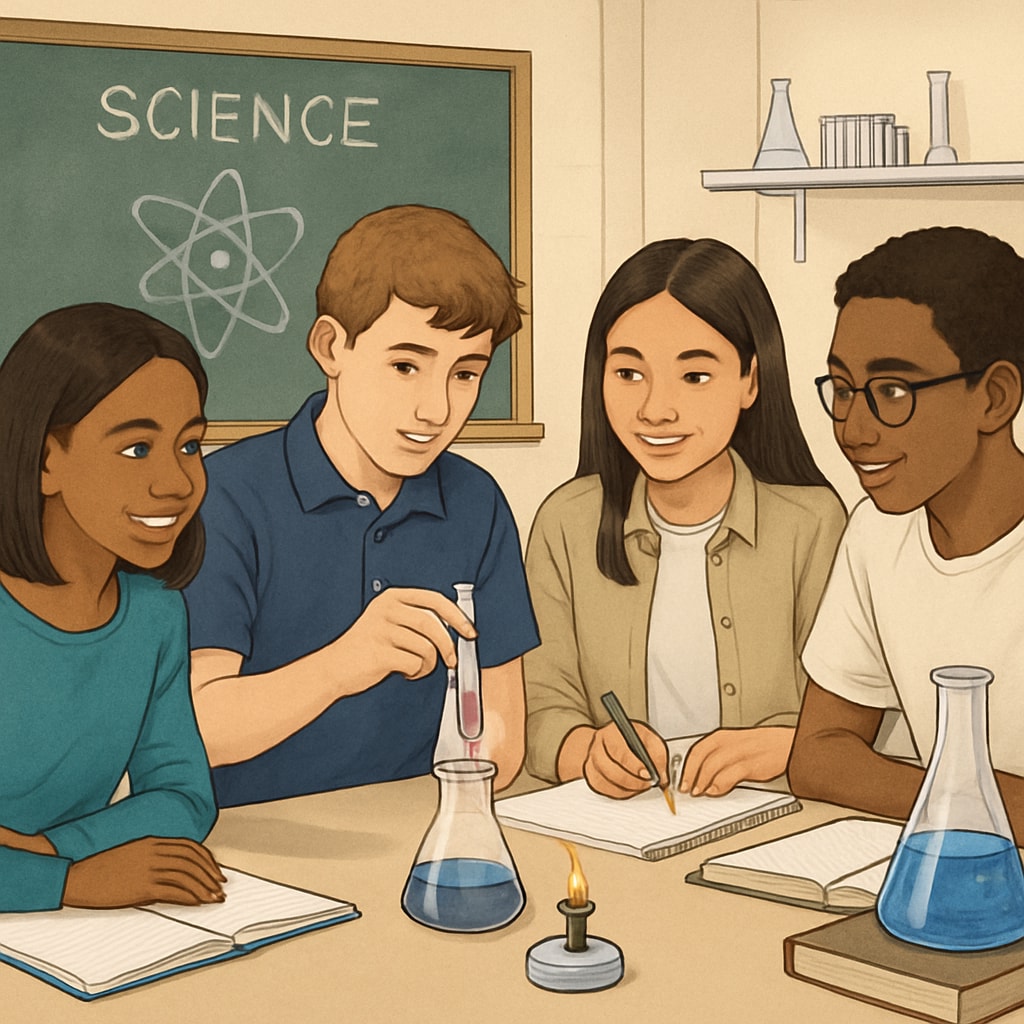Teaching high school science to English learners (ELs) requires a thoughtful blend of strategies that address language barriers while ensuring the delivery of complex scientific concepts. Combining language support, differentiated instruction, and collaborative learning can create an inclusive classroom environment where all students thrive. In this article, we’ll explore practical approaches to achieve this balance and help educators build a classroom that promotes both scientific understanding and language development.
Understanding the Needs of English Learners in Science Classrooms
English learners bring diverse linguistic and cultural backgrounds to the classroom, which can significantly impact their learning experiences. Science, with its specialized vocabulary and abstract concepts, often poses additional challenges for these students. Therefore, teachers must first recognize the unique needs of ELs, such as developing academic language, understanding scientific terms, and participating in classroom discussions.
One effective starting point is identifying students’ current language proficiency levels. Tools like the WIDA English Language Development Standards provide insight into students’ abilities in listening, speaking, reading, and writing. Understanding these levels allows teachers to tailor their instruction to meet individual needs.

Effective Strategies for Teaching Science to English Learners
To overcome language barriers and teach science effectively, educators can implement the following strategies:
- Language Scaffolding: Use visuals, diagrams, and models to support understanding. For example, a labeled diagram of a cell can help students grasp biological concepts while learning new vocabulary.
- Collaborative Learning: Pair ELs with peers in group activities. This encourages peer-to-peer learning and fosters communication skills in a low-pressure environment.
- Hands-On Experiments: Engage students in practical activities to make abstract concepts tangible. Experiments often transcend language barriers and provide context for vocabulary and theoretical concepts.
- Differentiated Instruction: Tailor lessons to accommodate varied language proficiency levels. For instance, provide bilingual glossaries or simplified texts for beginners while challenging advanced ELs with more complex materials.
These strategies not only enhance comprehension but also encourage active participation, giving ELs the confidence to engage with both science content and language development.
Incorporating Language Development into Science Instruction
Science classrooms can serve as dual-purpose spaces where students learn academic content while improving their English proficiency. Here are some ways to integrate language development into science instruction:
- Explicit Vocabulary Instruction: Introduce key terms before lessons and reinforce them through repetition, context, and usage in various activities.
- Sentence Frames and Starters: Provide language structures to help students articulate scientific processes and arguments. For example, “The results of the experiment show that…”
- Interactive Tools: Use technology, such as simulation apps or online collaborative platforms, to engage students in interactive learning experiences while exposing them to academic English.
By integrating language development into daily lessons, teachers can help ELs simultaneously build their English skills and deepen their understanding of science.

Building an Inclusive Classroom Environment
Creating an inclusive classroom is essential for fostering a sense of belonging and motivation among ELs. Teachers can achieve this by:
- Celebrating Diversity: Incorporate examples from various cultures to make content relatable and validate students’ backgrounds.
- Encouraging Participation: Design activities that allow all students to contribute, regardless of language proficiency. For instance, group presentations where roles are assigned based on strengths.
- Providing Consistent Feedback: Offer constructive feedback on both language use and content mastery, ensuring students feel supported in their learning journey.
In addition, fostering a growth mindset can help ELs view challenges as opportunities for improvement, ultimately building their confidence and resilience in both science and language learning.
Conclusion: Bridging the Gap Between Language and Science
Teaching high school science to English learners is a rewarding challenge that requires intentional planning and execution. By leveraging strategies such as language scaffolding, differentiated instruction, and collaborative learning, educators can create classrooms where students excel both academically and linguistically. Ultimately, the goal is to empower ELs to overcome language barriers and develop a lasting passion for science.
For more information on teaching strategies for English learners, visit resources like Britannica’s English Language Learning page or Edutopia’s guide on teaching English learners.
Readability guidance: Use short paragraphs and lists to summarize key points; distribute transitional words throughout the text; maintain an active voice for clarity and engagement.


